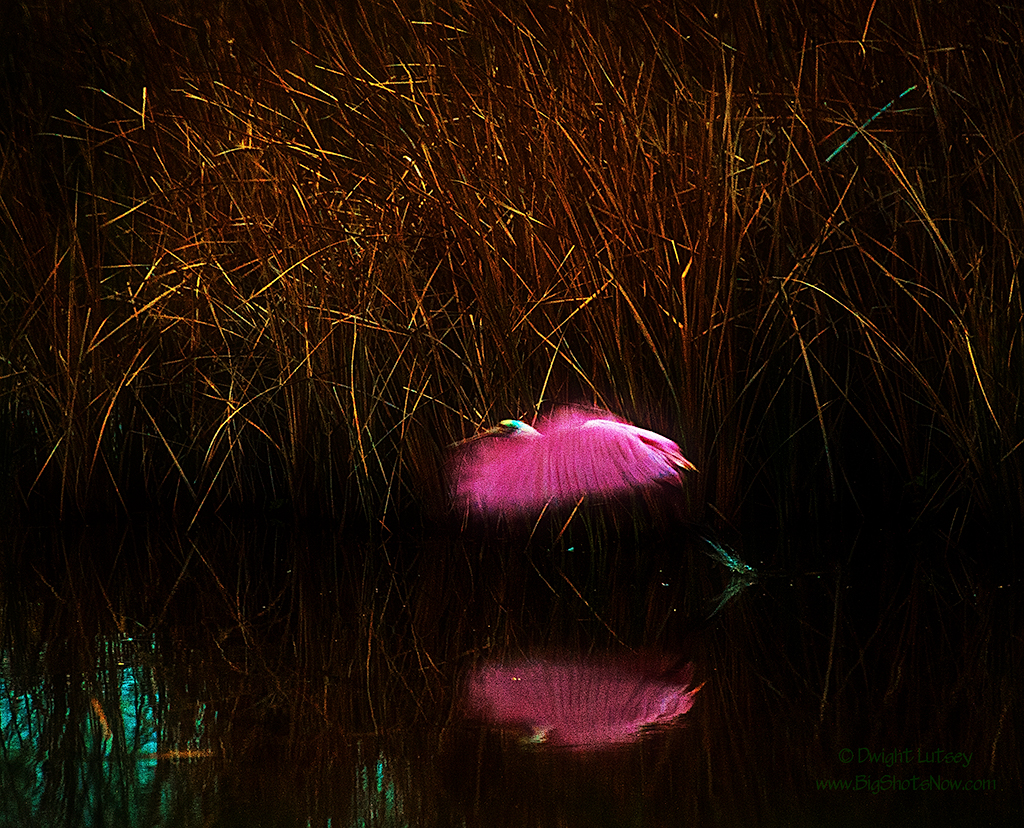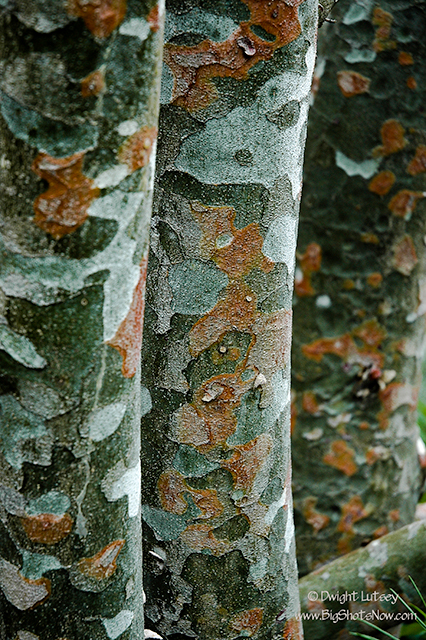Deep in the backwaters of the marsh where the wild things live, strange events take place. A late feeding Roseate Spoonbill is working the edge of the reeds, sweeping its large bill back and forth along the estuaries bottom hoping for a quick meal as the moon breaks through the clouds illuminating it. This is a particularly dangerous place to be after dark. The whole marsh can be dangerous but this stretch happens to be on a channel where the slow flowing water enters from the Gulf and as such is a natural highway for the large scaly predators that glide quietly along looking its length looking for that unsuspecting meal.
There is little sound on a calm windless night here in the marsh other than the occasional call of a bird settling in for the night, or the soft susurrations of the long slender reeds rubbing together, their quietest murmuring barely breaking the silence as the sluggish water moves them to and fro.
There is one sound however that all of the wading birds learn to listen for and that is the sound of a powerful tail rippling back and forth just beneath the surface of the water propelling its owner forward in an otherwise silent glide. There is little to see in the dark water as the perfectly camouflaged predator patrols the channel. The eddies formed by the tails movement drift into the reed’s edge causing a slight rustling sound slightly louder than normal. If it weren’t for the occasional low popping sound from the bubbles formed by the rapidly swirling eddies, little whirlpools caused by the powerful tail whipping back and forth, this midnight killing machine would be totally silent.
You don’t grow up into an adult here unless you’ve mastered the skills necessary to stay alive. The spoonbill, nervous at being alone, is hyper-vigilant and at the first slight echo of anything out of the ordinary takes flight for a safer roost, its feeding done for the night. The gator pauses for a brief moment, listening to the sound of the spoonbills departure, he’s not worried about missing this one opportunity, he knows that there are other places where the birds feels safe and roost too close to the water’s edge. He’ll feed tonight. It just won’t be on Roseate Spoonbill.



You must be logged in to post a comment.